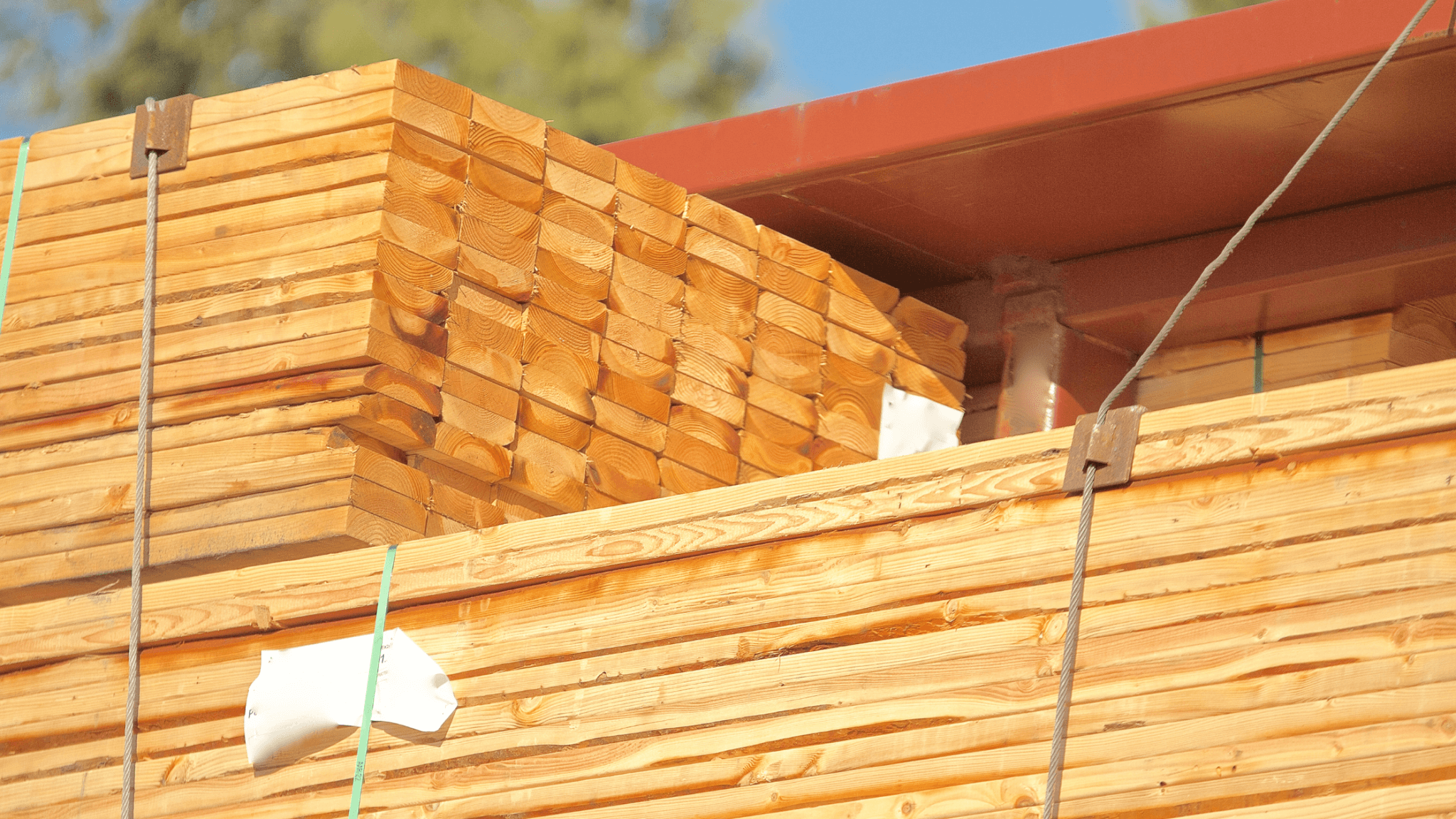The construction industry is once again grappling with the impact of rising lumber prices. As of November 18th, 2024, prices have surged to $605 per thousand board feet, up significantly from earlier this year. For builders and contractors, this escalation signals challenges for project budgets, timelines, and even housing affordability.
Why lumber prices are rising
Lumber prices have been on the rise due to a perfect storm of supply chain challenges, environmental pressures, and international trade disputes. Lumber is foundational to almost every project, from framing residential homes to constructing massive commercial buildings. When prices rise sharply, it forces builders to make tough decisions: scale down projects, absorb the costs, or pass them on to clients. Tradespeople, in particular, are feeling the effects, as tighter budgets could mean fewer jobs and a slowdown in ongoing projects.
Here are the key factors driving these price hikes:
- Mill closures: Over the past year, major lumber producers like Canfor and Western Forest Products have reduced their output due to unfavorable market conditions, cutting North American production by over 3 billion board feet. These closures disrupt supply chains and create scarcity, directly driving up prices.
- Environmental factors: The mountain pine beetle infestation continues to wreak havoc on forests, reducing the availability of harvestable timber. This has diminished resources in regions traditionally supplying the bulk of North America’s lumber needs.
- Trade tariffs: The U.S. has increased tariffs on Canadian softwood lumber imports from 8.05% to 14.54%, exacerbating supply constraints and elevating costs for U.S. builders. With Canada supplying over 25% of the U.S.’s lumber, this trade policy has caused significant disruptions.
The impact on the construction industry
Rising lumber prices create compounding challenges that affect every stage of construction, from planning and procurement to labor and delivery. Higher costs mean tighter margins for contractors, increased bids for clients, and potentially fewer opportunities for tradespeople. It’s a domino effect that affects the entire industry ecosystem.
Here’s how the current price hikes are playing out across the sector:
- Escalating project costs: Lumber price increases are inflating building budgets, often forcing developers to rethink project feasibility. For example, residential housing, which relies heavily on lumber for framing and interior structures, now costs significantly more to complete.
- Delays and cutbacks: Builders are delaying project starts or reducing the scope of their builds to align with tighter budgets. This is especially problematic for larger projects, where small percentage increases in material costs can translate to millions of dollars in overruns.
- Housing affordability concerns: Higher costs for builders inevitably trickle down to buyers, making homes more expensive and exacerbating the existing affordability crisis. With high interest rates, the added financial burden could put homeownership out of reach for many.
- Pressure on trades: Tighter budgets can lead to reduced hiring or cuts in subcontracted trades, creating job insecurity for workers.
Rising lumber prices are adding fuel to the fire for an industry already navigating economic uncertainty and labor shortages. Adapting to these changes will require creative problem-solving and a focus on long-term resilience.
Industry response and future outlook
In response to these challenges, some construction companies are exploring alternative materials like steel or concrete for framing despite their own fluctuating costs. Others advocate for policy changes to address trade restrictions and supply chain disruptions.
The outlook for lumber prices remains uncertain. While some experts predict stabilization in 2025 as supply chains adjust, others warn that ongoing environmental and regulatory pressures could sustain elevated prices. For now, construction professionals must navigate this volatile landscape with careful budgeting and contingency planning.
Lumber remains and is likely to remain a cornerstone of construction, with mass timber becoming increasingly popular. However, its rising cost is a sobering reminder of the sector’s vulnerability to global and regional disruptions. With no immediate relief in sight, the industry must remain adaptive to weather these challenges.
Want to stay informed on all the latest construction and trade news? Subscribe to our weekly newsletter to get all the latest insights and stay ahead of the curve.



1 comment